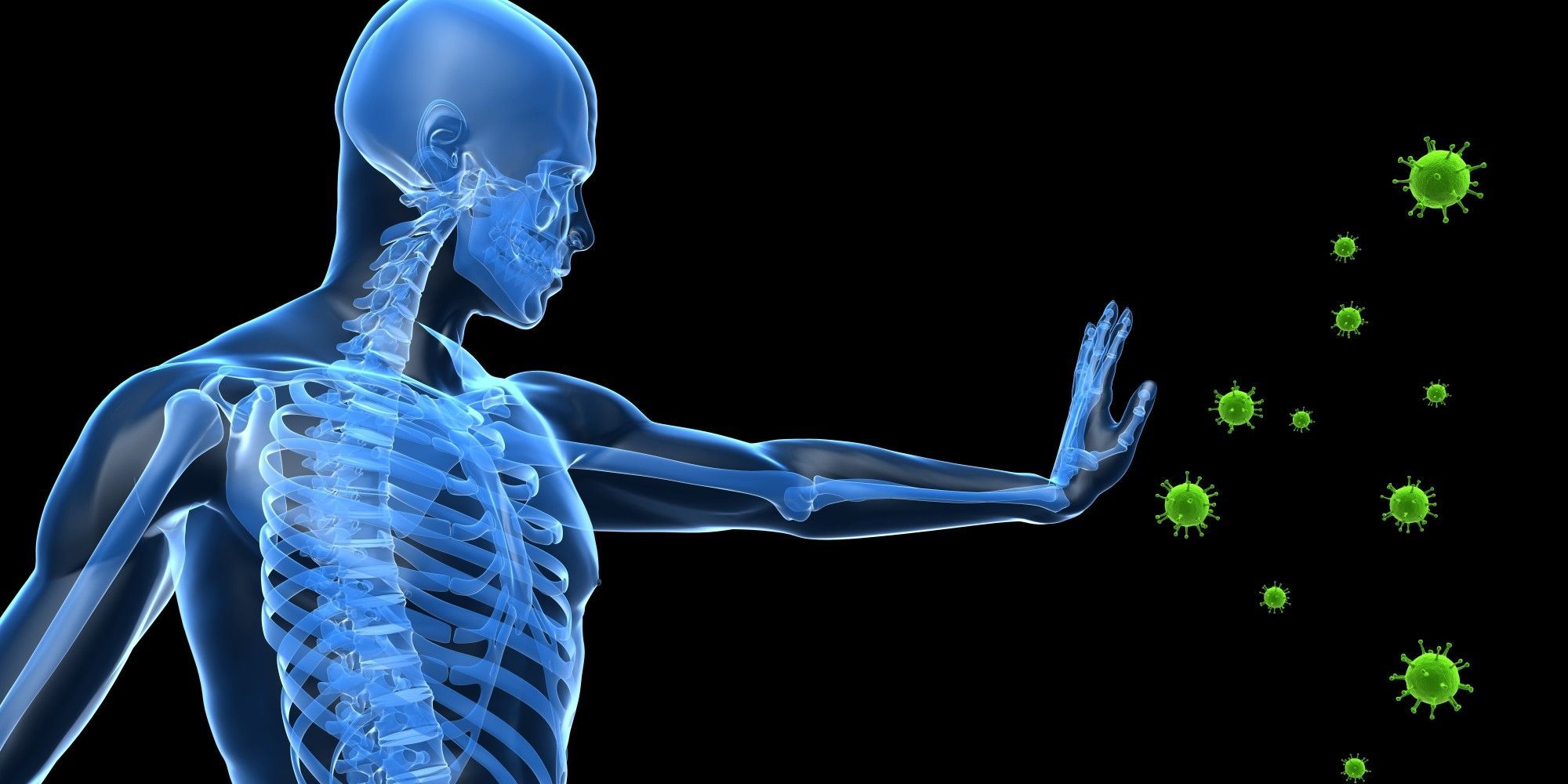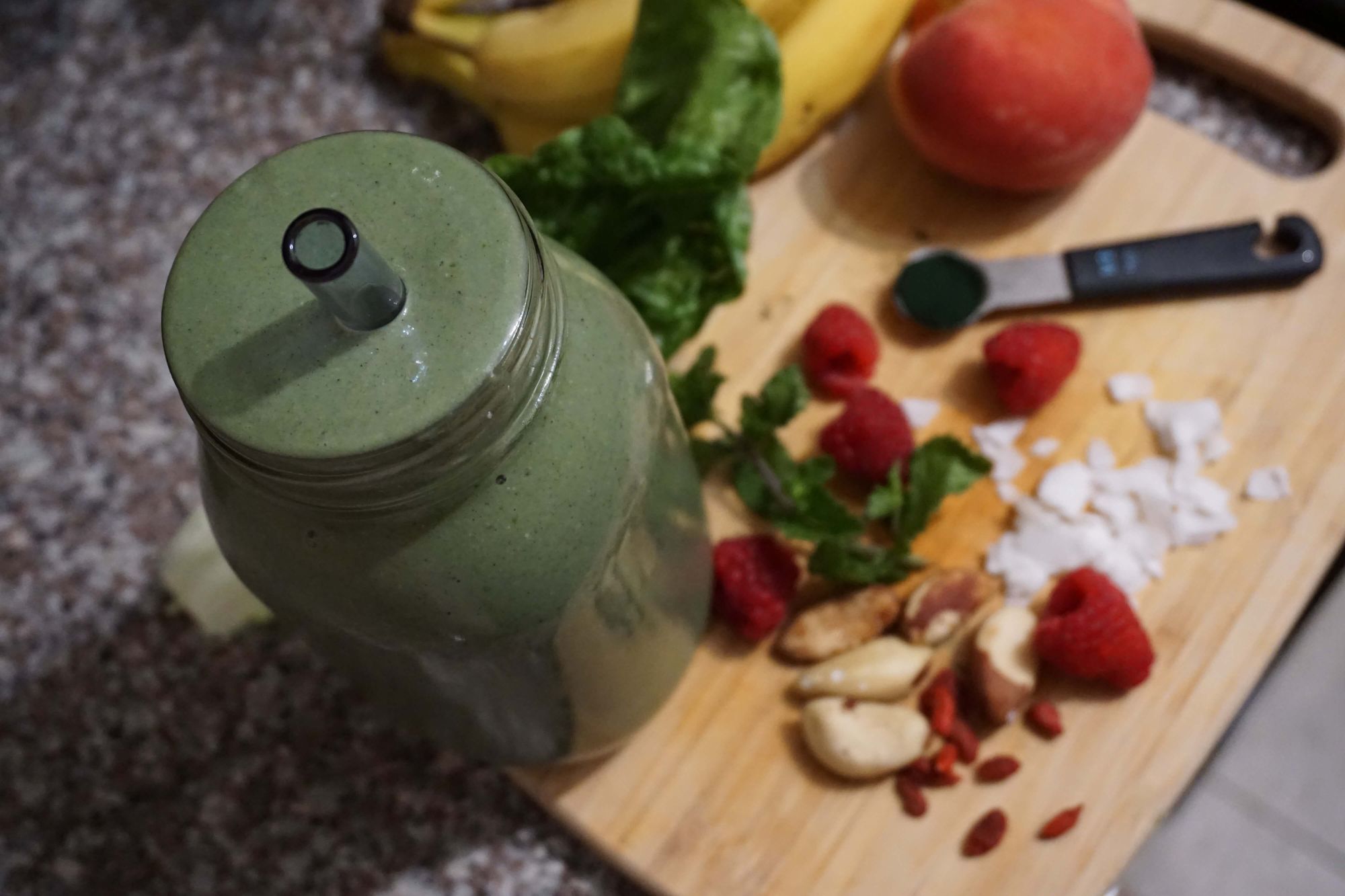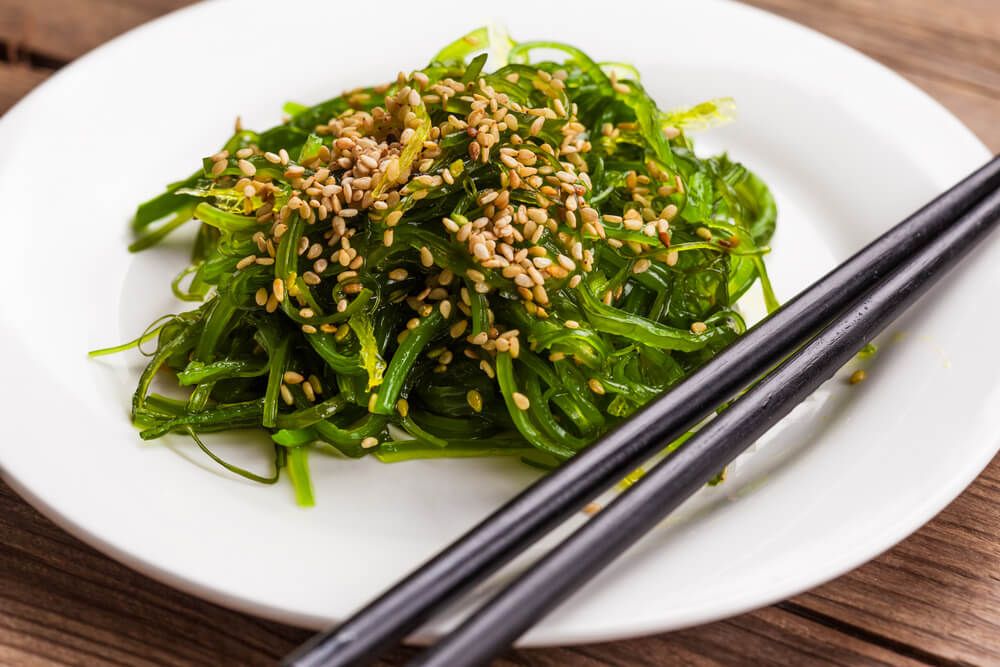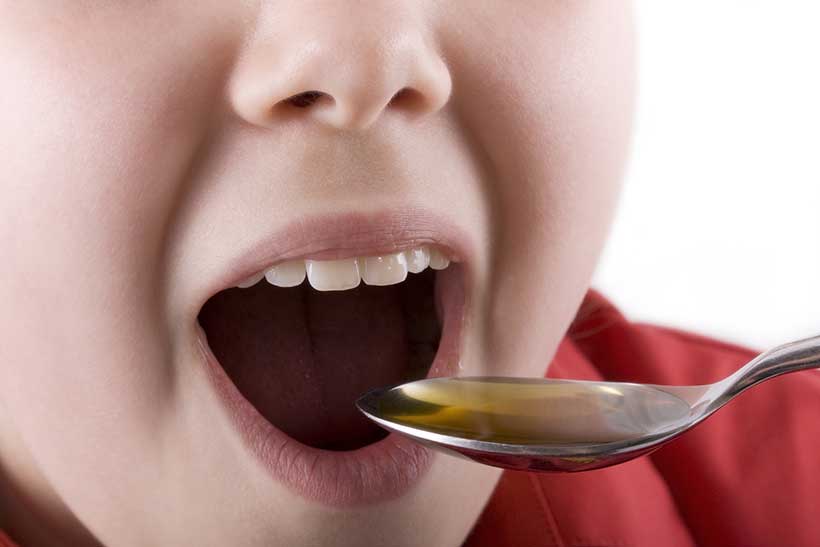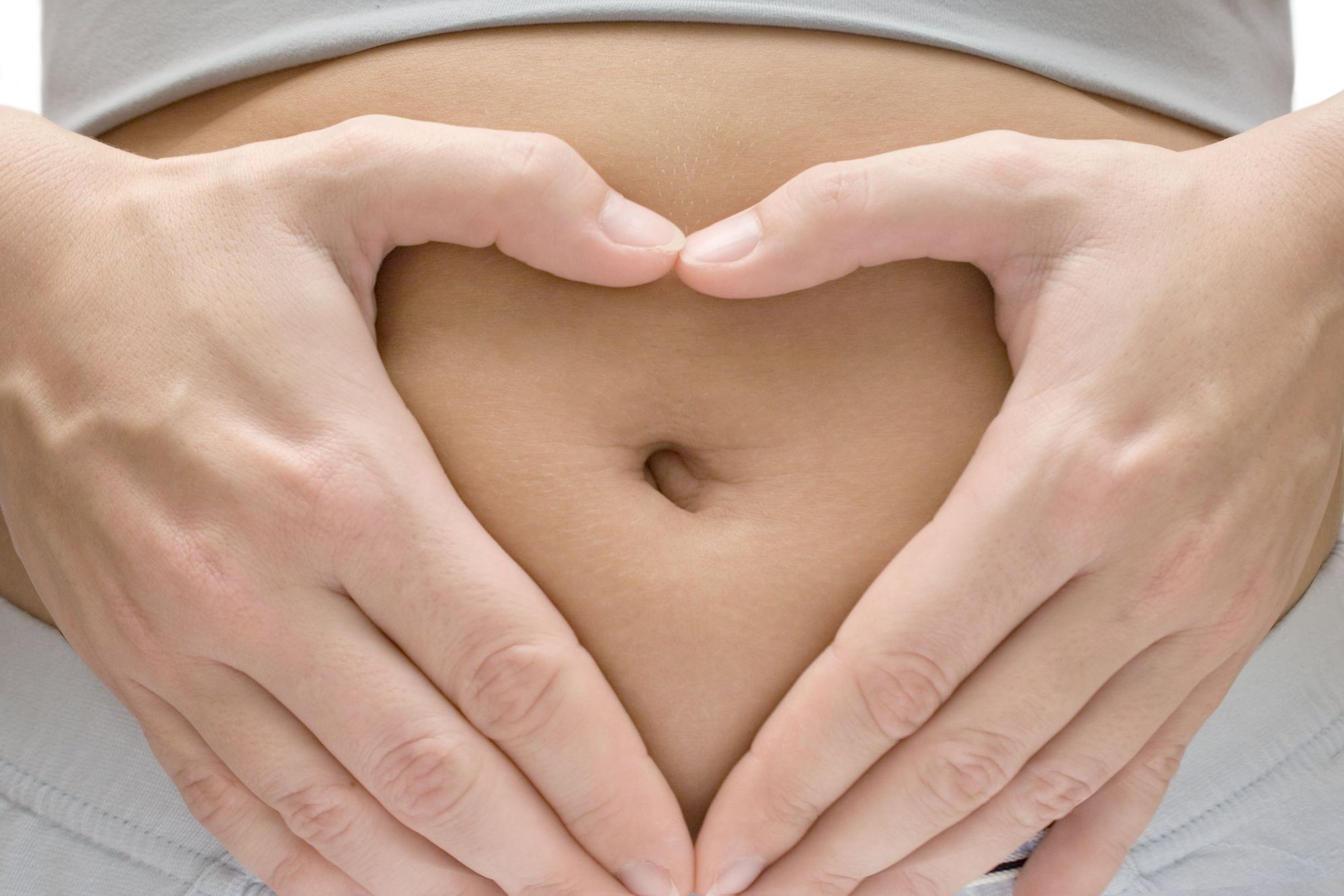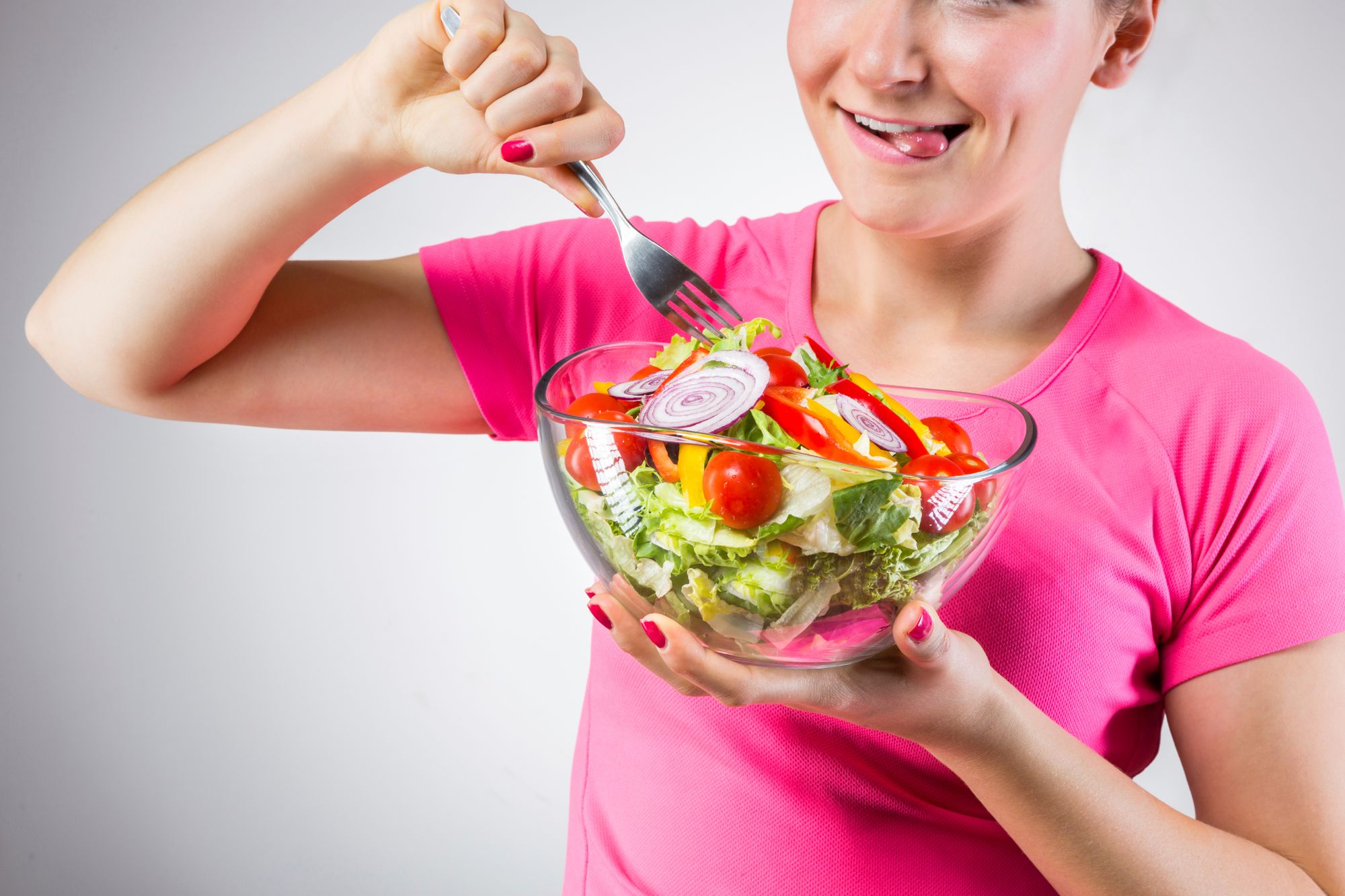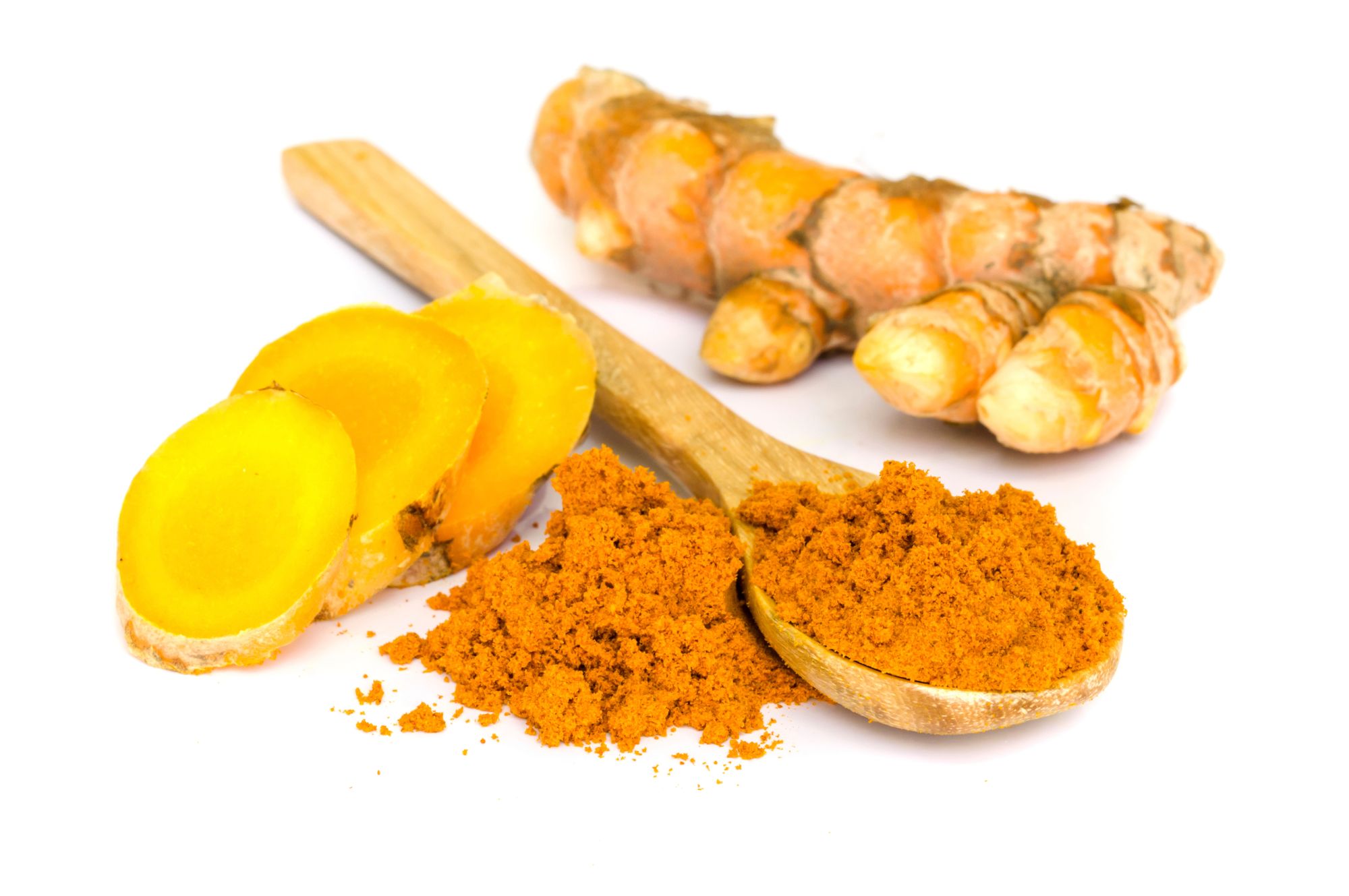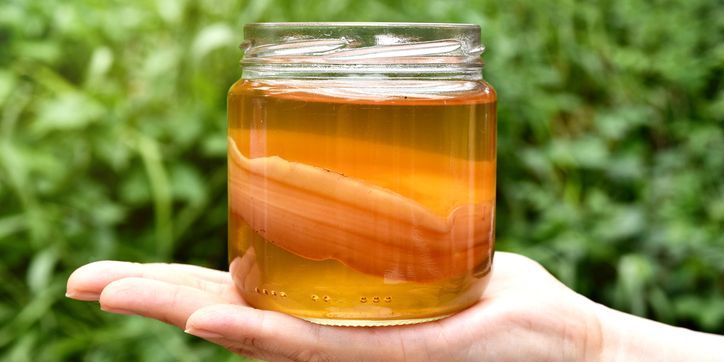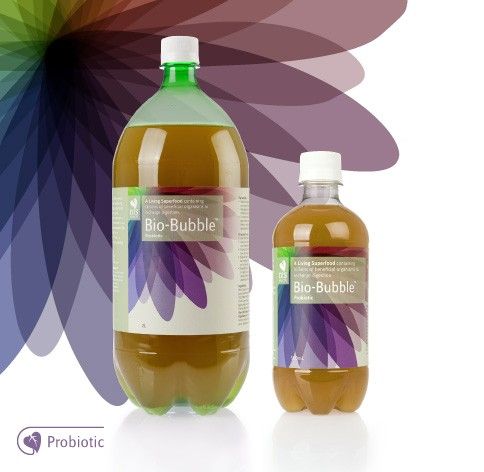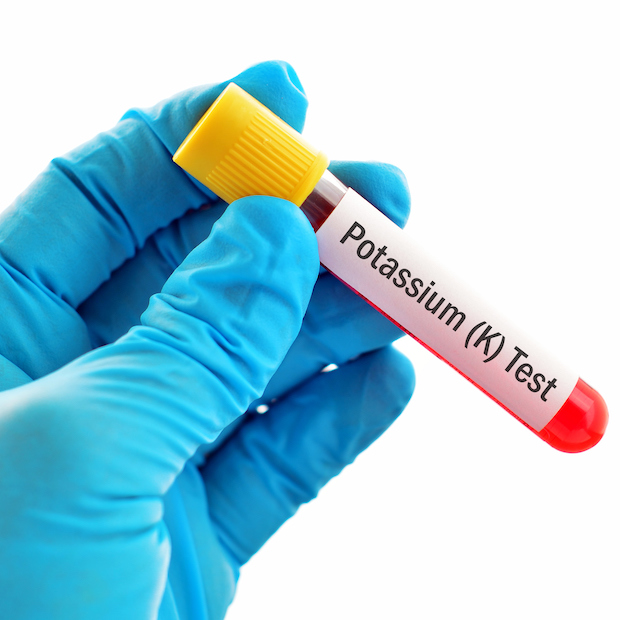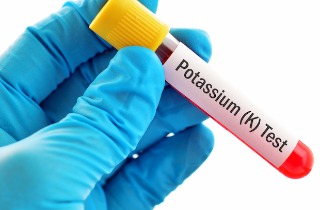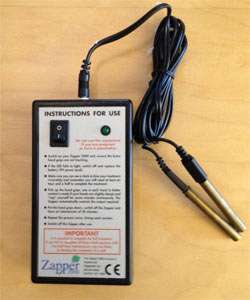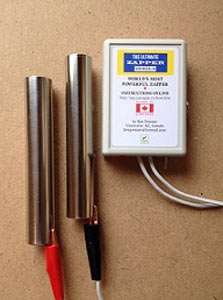China Connection
TB Fanatic
Preparing your Pandemic Protection
Immune support involves a number of proven strategies to maximise the performance of your protective system. These include four key minerals, three key vitamins, a couple of phytochemicals, and the use of probiotics to boost gut organisms.
There are four key minerals involved here and they include zinc, magnesium, selenium and iodine. Ironically, this “Big Four” are the minerals most lacking in most of us, so, if we are seeking to boost plague protection, it is urgently necessary to address these shortages.
The “Big Four” Protectors
Think Zinc
It is estimated that up to 79% of us are deficient in zinc and magnesium. Zinc is required by the thymus gland for the production of key immune cells. It is also the most important mineral for prostate health. In fact, a healthy prostate contains seven times more zinc than an enlarged or cancerous gland. Just a 10% deficiency of zinc has been shown to compromise immunity.
There are several reasons why we are so deficient in this mineral, including low zinc storage capacity in our bodies.
Zinc is deficient in most cereal growing soils, and uptake is impacted in many vegetable operations due to high phosphorus (a notorious zinc inhibitor). However, the largest contribution to our zinc shortage relates to our over consumption of cereal grains. We were not really designed to chomp our way through cereal and toast, followed by a mid-morning snack of biscuits and bread, followed by sandwiches for lunch and pasta or rice for dinner. Cereal grains contain a natural acid called phytic acid. This substance binds with zinc and forms an insoluble zinc phytate, which we then excrete.
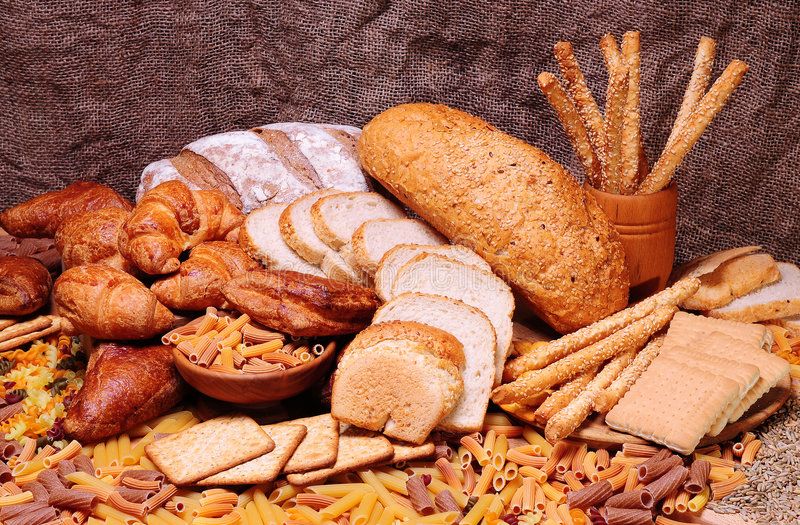
Zinc is immeasurably important in the immunity equation, but we are not being advised of this fact. In a study published in the American Journal of Clinical Nutrition, the scientists found that those with acceptable blood zinc levels were about 50% less likely to develop pneumonia than those with low concentrations.
There have been multiple studies relative to the role of zinc in reducing the severity of childhood pneumonia. Interestingly, in several of those studies, the most profound protective response kicked in after three months of zinc supplementation at a rate of 20 mg per day.
At this point, it is important to note the differing dose rates for adults and children (and this applies to all supplements). 100 mg per day is the tolerable upper limit for adults for a short period, but 30 mg of zinc per day is a typical rate for longer-term supplementation.
5 to 10 mg of zinc is considered appropriate for children between 1 and 7 years old, while 15 mg is applicable for older children.
However, the most important zinc finding relates specifically to corona viruses. It is head scratching to wonder why these findings have not triggered global excitement and associated zinc supplementation directives.
It is a bit complicated, but essentially the virus invader hijacks your cells, and your own cell replication mechanics (involving DNA and RNA) are now sequestered for replication of the disease in your body. A critical part of this process involves an enzyme utilised by the virus, called RNA-dependent RNA polymerase (RdRP). This enzyme is absolutely essential for the replication and ongoing survival of the virus, so the inhibition of this enzyme is becoming a centrepiece of pharmaceutical research.
In a zinc literature review, I found a study demonstrating that zinc inhibits RdRP. Zinc deficiency is also commonly found in asthmatics and those with autoimmune disorders. My goodness! We know that the majority of us are deficient in this key immune-supporting mineral. Why wouldn’t we address this deficiency as a matter of urgency? What possible harm could it do? You might even save your prostate in the process!
Just search the internet for “zinc inhibits corona viruses”, and you will find the relevant studies. There is also a great video that explains the mechanics of zinc’s protective capacity. It comes from a site called MedCram.com, where complex medical science is made much more accessible.
One feature of the zinc inhibition study was the use of an uptake-enhancer to build the levels of zinc in the cells. If we are looking for the most effective form of supplementation to maximise cellular uptake of zinc, it is hard to go past liposomal zinc. There are over 54,000 published papers on liposomal delivery, some of which have shown delivery response equivalent to intravenous treatment. How does this delivery system work?
Liposomes are tiny bubbles. In fact, they are a thousand times smaller than the width of a human hair. These minute capsules are made from fats called phospholipids. This is the same fat that comprises our cell membranes, through which nutrients move into the cell. Herein lies the secret. Our cell membrane readily embraces its own kind, and when those fat bubbles have been pre-loaded with both water soluble and fat soluble nutrients, we have dramatically fast-tracked delivery.
If you are unable to source liposomal zinc in your region, then any form of chelated zinc will suffice, but there is a key timing strategy that will maximise uptake and storage.
The secret to zinc supplementation for adults is to take 30 mg of chelated zinc, directly before bed. This timing will help avoid those cereal-related losses, and your limited zinc storehouse can be restocked while you sleep. That bottle of zinc on your bedside cabinet should remain part of your daily supplementary regime for the rest of your life, and that life might just be longer, should you choose to heed this advice.
Magnesium – The Master Mineral
I always refer to magnesium as the “master mineral”, as it is linked to many more enzymes than any other mineral. Every breath you take, every move you make (to plagiarise Sting) is conducted by enzymes, and your immune system is also driven by these protein-based catalysts.
You might wonder why almost 8 out of 10 of us are missing this core mineral. A key driver of this deficiency is stress. The “fight-or-flight response” is generated by the stress and anxiety most of us experience on a regular basis. At this particular point in time, there has rarely been higher levels of stress in our lives. The anxiety-related fight-or-flight response involves many major metabolic changes, including the production of adrenalin. All of these changes are driven by magnesium, so in this manner, stress sucks our magnesium reserves.
Ironically, magnesium is the “cruise mineral” that makes us feel relaxed. Stress draws upon our magnesium reserves constantly, so we then feel more stressed, and suck more magnesium. The end result is either a stroke or adrenal collapse, neither of which is very pleasant. Every aspect of Coronary Heart Disease, our biggest killer, also has a magnesium link, and then there is the immune link to cancer and virus protection.
Here we are considering the immunity link, but the stress-reducing potential of magnesium may save as many as the virus takes. The stress-related collateral damage potential of this current crisis has yet to be assessed.
There are some important recent findings linking magnesium and immunity. There have now been several studies in relation to inflammation. Magnesium deficiency seems to increase the production of pro-inflammatory cytokines, and this may have profound significance relative to the cytokine storms that are often linked to Covid-19 deaths. I will explain this phenomenon in more depth a little later in this article.
Mg deficiency also appears to accelerate thymus involution. One of the most remarkable results, regarding effects of Mg deficiency on the organism, is the higher level of apoptosis (cell death) shown in thymuses from Mg-deficient rats as compared with controls (Malpuech-Brugère et al, 1999).
The thymus is the gland that produces killer T cells for distribution throughout the body. Thymus involution is often a feature of the aging process, where the thymus cells die, the gland shrinks and our immune capacity diminishes.
This seems like something we should be desperately trying to avoid when confronting this crisis, particularly when magnesium deficiency is so widespread amongst the community.
I guess you may be thinking about how to address your likely magnesium deficiency at this point. Oral supplementation may not be your best option. If you have been magnesium deficient for some time, then a side effect of that chronic deficiency is a reduced capacity to absorb magnesium through the gut lining and into your blood. You can fast-track correction with intramuscular injections (usually a jab in the bottom) or intravenous, direct inject (if you can find a doctor who will oblige). However, there is also a more user-friendly, DIY correction, called transdermal magnesium supplementation. That involves a recognition that the fastest way to get something into your body is via the skin. Here, there is no gut interface. The desired substance easily enters through the skin and goes straight into the blood delivery system.
Transdermal magnesium supplementation is ten times more efficient than oral supplementation. You could spray under your arms or on the highly absorbent soles of your feet, with the popular magnesium oil (magnesium chloride) products. Alternatively, you could adopt the age old strategy of bathing in Epsom salts (magnesium sulphate). This is highly effective and can be really inexpensive, if you purchase a 20 kg bag of magnesium sulphate from a rural supply store. The recipe involves soaking for thirty minutes in a bathful of warm water, laced with two cups (500 grams) of magnesium sulphate. There are 40 baths in a bag, which equates to a cost of less than 50 cents per treatment. The kids could even share a bath.
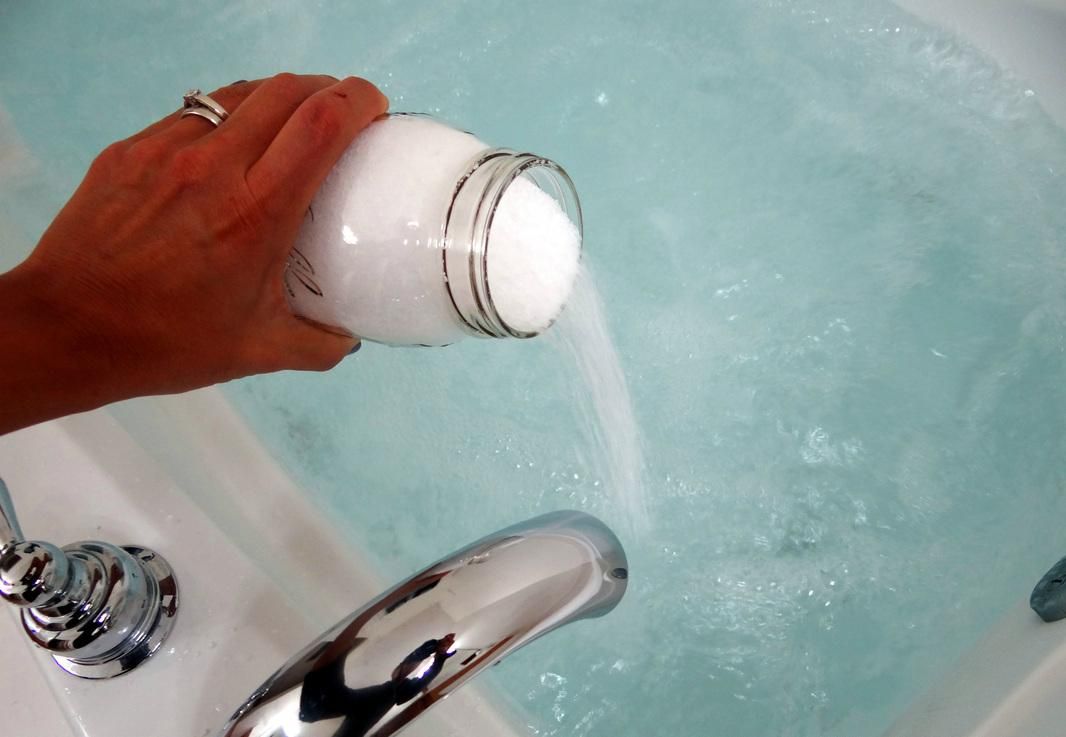
The warm water opens the pores to increase the uptake of the magnesium. This super relaxing bath must happen just before bed, and you will sleep like a baby (a good baby!) You will certainly understand why magnesium is called the “relaxation mineral” when you experience the aftermath of this soothing soak.
In the next segment, I will highlight our need to address selenium and iodine in our immune boosting regime, and we will also consider the involvement of three key vitamins.
Stay safe and healthy my friends.
Warm regards,
Graeme
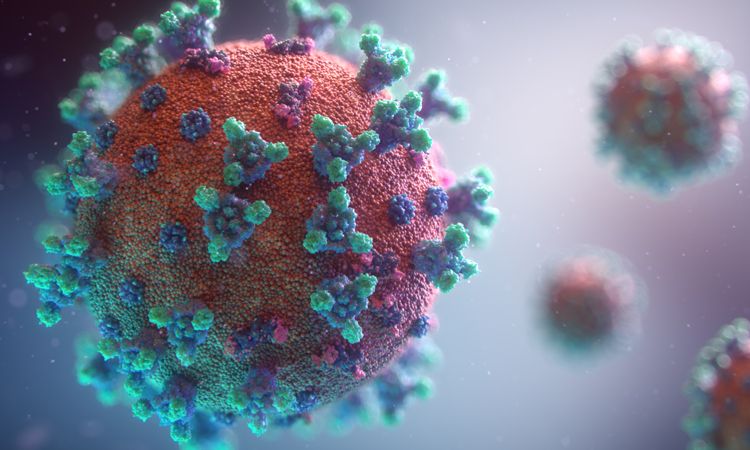
Immune support involves a number of proven strategies to maximise the performance of your protective system. These include four key minerals, three key vitamins, a couple of phytochemicals, and the use of probiotics to boost gut organisms.
There are four key minerals involved here and they include zinc, magnesium, selenium and iodine. Ironically, this “Big Four” are the minerals most lacking in most of us, so, if we are seeking to boost plague protection, it is urgently necessary to address these shortages.
The “Big Four” Protectors
Think Zinc
It is estimated that up to 79% of us are deficient in zinc and magnesium. Zinc is required by the thymus gland for the production of key immune cells. It is also the most important mineral for prostate health. In fact, a healthy prostate contains seven times more zinc than an enlarged or cancerous gland. Just a 10% deficiency of zinc has been shown to compromise immunity.
There are several reasons why we are so deficient in this mineral, including low zinc storage capacity in our bodies.
Zinc is deficient in most cereal growing soils, and uptake is impacted in many vegetable operations due to high phosphorus (a notorious zinc inhibitor). However, the largest contribution to our zinc shortage relates to our over consumption of cereal grains. We were not really designed to chomp our way through cereal and toast, followed by a mid-morning snack of biscuits and bread, followed by sandwiches for lunch and pasta or rice for dinner. Cereal grains contain a natural acid called phytic acid. This substance binds with zinc and forms an insoluble zinc phytate, which we then excrete.

Zinc is immeasurably important in the immunity equation, but we are not being advised of this fact. In a study published in the American Journal of Clinical Nutrition, the scientists found that those with acceptable blood zinc levels were about 50% less likely to develop pneumonia than those with low concentrations.
There have been multiple studies relative to the role of zinc in reducing the severity of childhood pneumonia. Interestingly, in several of those studies, the most profound protective response kicked in after three months of zinc supplementation at a rate of 20 mg per day.
At this point, it is important to note the differing dose rates for adults and children (and this applies to all supplements). 100 mg per day is the tolerable upper limit for adults for a short period, but 30 mg of zinc per day is a typical rate for longer-term supplementation.
5 to 10 mg of zinc is considered appropriate for children between 1 and 7 years old, while 15 mg is applicable for older children.
However, the most important zinc finding relates specifically to corona viruses. It is head scratching to wonder why these findings have not triggered global excitement and associated zinc supplementation directives.
It is a bit complicated, but essentially the virus invader hijacks your cells, and your own cell replication mechanics (involving DNA and RNA) are now sequestered for replication of the disease in your body. A critical part of this process involves an enzyme utilised by the virus, called RNA-dependent RNA polymerase (RdRP). This enzyme is absolutely essential for the replication and ongoing survival of the virus, so the inhibition of this enzyme is becoming a centrepiece of pharmaceutical research.
In a zinc literature review, I found a study demonstrating that zinc inhibits RdRP. Zinc deficiency is also commonly found in asthmatics and those with autoimmune disorders. My goodness! We know that the majority of us are deficient in this key immune-supporting mineral. Why wouldn’t we address this deficiency as a matter of urgency? What possible harm could it do? You might even save your prostate in the process!
Just search the internet for “zinc inhibits corona viruses”, and you will find the relevant studies. There is also a great video that explains the mechanics of zinc’s protective capacity. It comes from a site called MedCram.com, where complex medical science is made much more accessible.
One feature of the zinc inhibition study was the use of an uptake-enhancer to build the levels of zinc in the cells. If we are looking for the most effective form of supplementation to maximise cellular uptake of zinc, it is hard to go past liposomal zinc. There are over 54,000 published papers on liposomal delivery, some of which have shown delivery response equivalent to intravenous treatment. How does this delivery system work?
Liposomes are tiny bubbles. In fact, they are a thousand times smaller than the width of a human hair. These minute capsules are made from fats called phospholipids. This is the same fat that comprises our cell membranes, through which nutrients move into the cell. Herein lies the secret. Our cell membrane readily embraces its own kind, and when those fat bubbles have been pre-loaded with both water soluble and fat soluble nutrients, we have dramatically fast-tracked delivery.
If you are unable to source liposomal zinc in your region, then any form of chelated zinc will suffice, but there is a key timing strategy that will maximise uptake and storage.
The secret to zinc supplementation for adults is to take 30 mg of chelated zinc, directly before bed. This timing will help avoid those cereal-related losses, and your limited zinc storehouse can be restocked while you sleep. That bottle of zinc on your bedside cabinet should remain part of your daily supplementary regime for the rest of your life, and that life might just be longer, should you choose to heed this advice.
Magnesium – The Master Mineral
I always refer to magnesium as the “master mineral”, as it is linked to many more enzymes than any other mineral. Every breath you take, every move you make (to plagiarise Sting) is conducted by enzymes, and your immune system is also driven by these protein-based catalysts.
You might wonder why almost 8 out of 10 of us are missing this core mineral. A key driver of this deficiency is stress. The “fight-or-flight response” is generated by the stress and anxiety most of us experience on a regular basis. At this particular point in time, there has rarely been higher levels of stress in our lives. The anxiety-related fight-or-flight response involves many major metabolic changes, including the production of adrenalin. All of these changes are driven by magnesium, so in this manner, stress sucks our magnesium reserves.
Ironically, magnesium is the “cruise mineral” that makes us feel relaxed. Stress draws upon our magnesium reserves constantly, so we then feel more stressed, and suck more magnesium. The end result is either a stroke or adrenal collapse, neither of which is very pleasant. Every aspect of Coronary Heart Disease, our biggest killer, also has a magnesium link, and then there is the immune link to cancer and virus protection.
Here we are considering the immunity link, but the stress-reducing potential of magnesium may save as many as the virus takes. The stress-related collateral damage potential of this current crisis has yet to be assessed.
There are some important recent findings linking magnesium and immunity. There have now been several studies in relation to inflammation. Magnesium deficiency seems to increase the production of pro-inflammatory cytokines, and this may have profound significance relative to the cytokine storms that are often linked to Covid-19 deaths. I will explain this phenomenon in more depth a little later in this article.
Mg deficiency also appears to accelerate thymus involution. One of the most remarkable results, regarding effects of Mg deficiency on the organism, is the higher level of apoptosis (cell death) shown in thymuses from Mg-deficient rats as compared with controls (Malpuech-Brugère et al, 1999).
The thymus is the gland that produces killer T cells for distribution throughout the body. Thymus involution is often a feature of the aging process, where the thymus cells die, the gland shrinks and our immune capacity diminishes.
This seems like something we should be desperately trying to avoid when confronting this crisis, particularly when magnesium deficiency is so widespread amongst the community.
I guess you may be thinking about how to address your likely magnesium deficiency at this point. Oral supplementation may not be your best option. If you have been magnesium deficient for some time, then a side effect of that chronic deficiency is a reduced capacity to absorb magnesium through the gut lining and into your blood. You can fast-track correction with intramuscular injections (usually a jab in the bottom) or intravenous, direct inject (if you can find a doctor who will oblige). However, there is also a more user-friendly, DIY correction, called transdermal magnesium supplementation. That involves a recognition that the fastest way to get something into your body is via the skin. Here, there is no gut interface. The desired substance easily enters through the skin and goes straight into the blood delivery system.
Transdermal magnesium supplementation is ten times more efficient than oral supplementation. You could spray under your arms or on the highly absorbent soles of your feet, with the popular magnesium oil (magnesium chloride) products. Alternatively, you could adopt the age old strategy of bathing in Epsom salts (magnesium sulphate). This is highly effective and can be really inexpensive, if you purchase a 20 kg bag of magnesium sulphate from a rural supply store. The recipe involves soaking for thirty minutes in a bathful of warm water, laced with two cups (500 grams) of magnesium sulphate. There are 40 baths in a bag, which equates to a cost of less than 50 cents per treatment. The kids could even share a bath.

The warm water opens the pores to increase the uptake of the magnesium. This super relaxing bath must happen just before bed, and you will sleep like a baby (a good baby!) You will certainly understand why magnesium is called the “relaxation mineral” when you experience the aftermath of this soothing soak.
In the next segment, I will highlight our need to address selenium and iodine in our immune boosting regime, and we will also consider the involvement of three key vitamins.
Stay safe and healthy my friends.
Warm regards,
Graeme

Immune Enhancement - The Missing Covid-19 Essential (Part 1)
This article will be published over three parts over the next few days, so be sure to check your emails for the ensuing instalments. In this first segment, I will background the urgent need for a proactive initiative, and discuss two of the most common mineral deficiencies that we should
blog.nutri-tech.com.au

